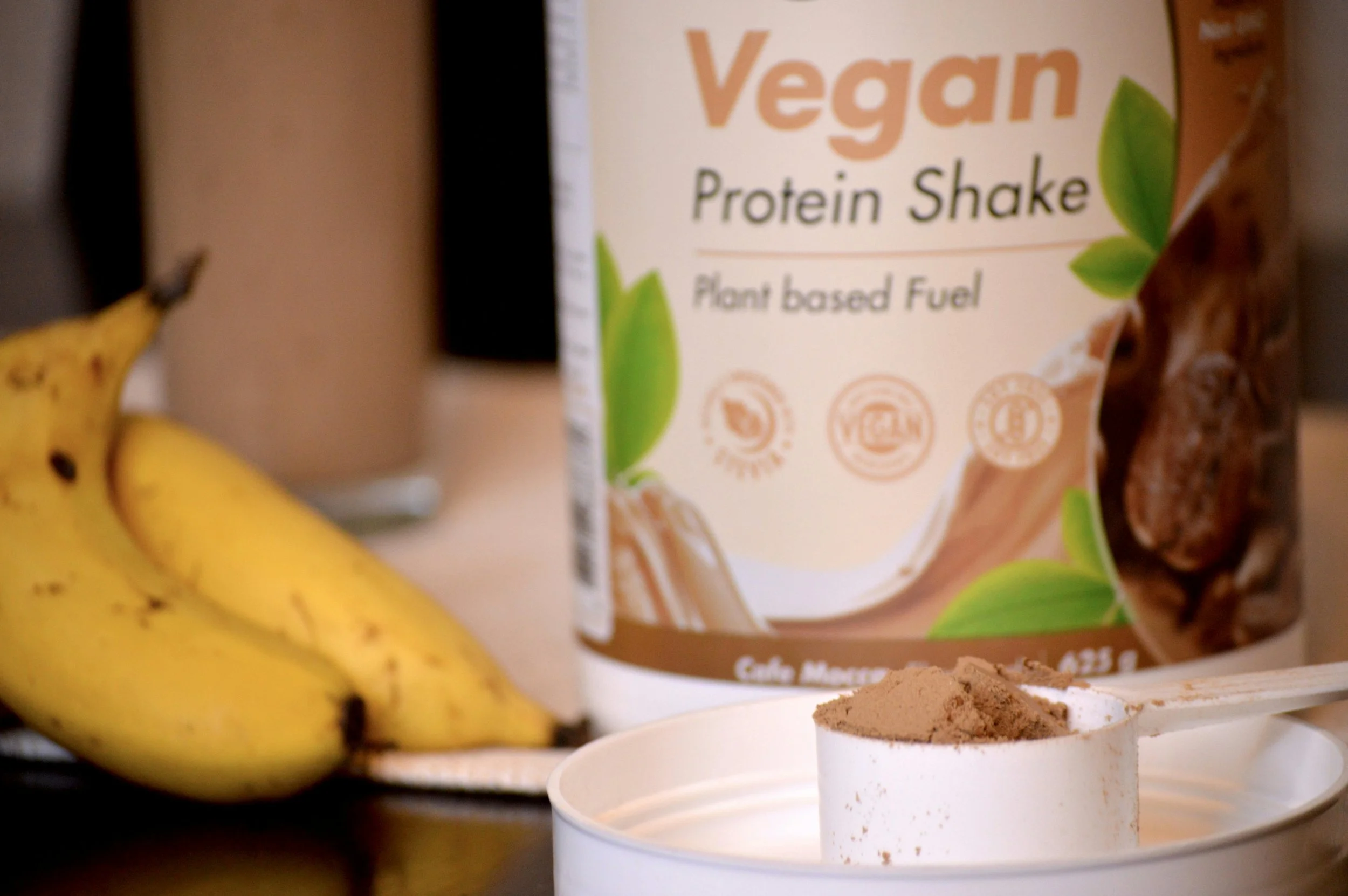Cold plunges are everywhere right now. Scroll through social media, walk into any boutique gym, or listen to the latest biohacking podcast, and you're bound to hear someone praising the "recovery magic" of ice baths. But there's a problem: this recovery trend is not built for female physiology. And no one seems to be talking about it.
As a woman, especially one training hard and aiming to get stronger, faster, or more resilient, you need to know this: cold plunges can actually hinder your progress.
The Hype vs. The Science
The fitness industry often pushes one-size-fits-all solutions that are, in reality, designed around male physiology. Cold water immersion is no exception. The main argument for it is that it reduces inflammation and muscle soreness. But what’s rarely discussed is that blunting inflammation also blunts adaptation—the very thing you're working hard for in your training.
A key study published in The Journal of Physiology (2015) found that post-exercise cold water immersion significantly reduced long-term gains in muscle mass and strength by suppressing key anabolic signaling pathways. In simpler terms, jumping into a cold plunge after lifting can shut down the processes your body needs to get stronger.
The Female Factor: Why It’s Worse for Women
Dr. Stacy T. Sims, PhD, exercise physiologist and author of ROAR, explains that women already have a more robust anti-inflammatory response, largely due to estrogen. This is great for recovery in general—but it also means that adding more inflammation-suppressing strategies (like cold plunges) can tip the balance too far.
Here’s what that means:
Estrogen helps buffer inflammation, so you don’t need the added suppression from cold water.
Cold plunges inhibit mTOR signaling, a critical pathway for muscle protein synthesis. Since women already face challenges building and maintaining lean muscle due to fluctuating hormone levels—particularly during the high-progesterone phase of the menstrual cycle—this further suppresses adaptation.
Women have a shorter post-exercise anabolic window. That means the timing and environment for recovery matter more. Cold exposure immediately post-training can close this window prematurely.
Heat, Not Cold, Supports Female Recovery
Dr. Sims recommends heat-based recovery tools for women, such as sauna use or hot baths. Heat increases blood flow, supports mitochondrial adaptations, and promotes muscle repair without blunting the natural signals for strength and hypertrophy.
Where cold shuts down your body’s growth processes, heat helps amplify them—especially beneficial for women looking to increase muscle mass, endurance, and overall athletic performance.
Let’s Talk About the Real Issue
This isn’t just a science debate. It’s a visibility problem. Right now, women are being told to do what’s trending without being informed of how it might hurt them. The fitness industry is ignoring female physiology. And it’s not okay.
If you're a woman who trains, lifts, runs, or just wants to be strong and healthy, you deserve better than a one-size-fits-all recovery strategy. You deserve recovery tools that actually work with your body, not against it.
So the next time someone tells you to jump into a cold plunge for recovery, remember that your physiology is different. And according to Dr. Stacy Sims and peer-reviewed research, cold plunges may be doing more harm than good for women.
Let’s change the conversation.



